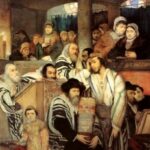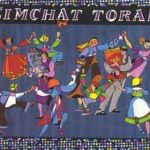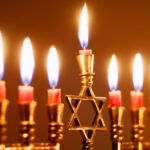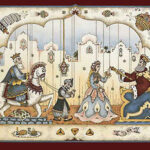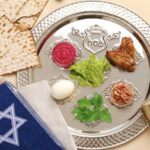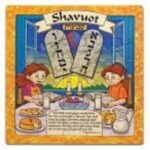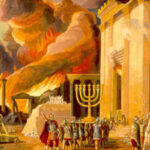Jewish Life
Photo Gallery
A glimpse into our community life
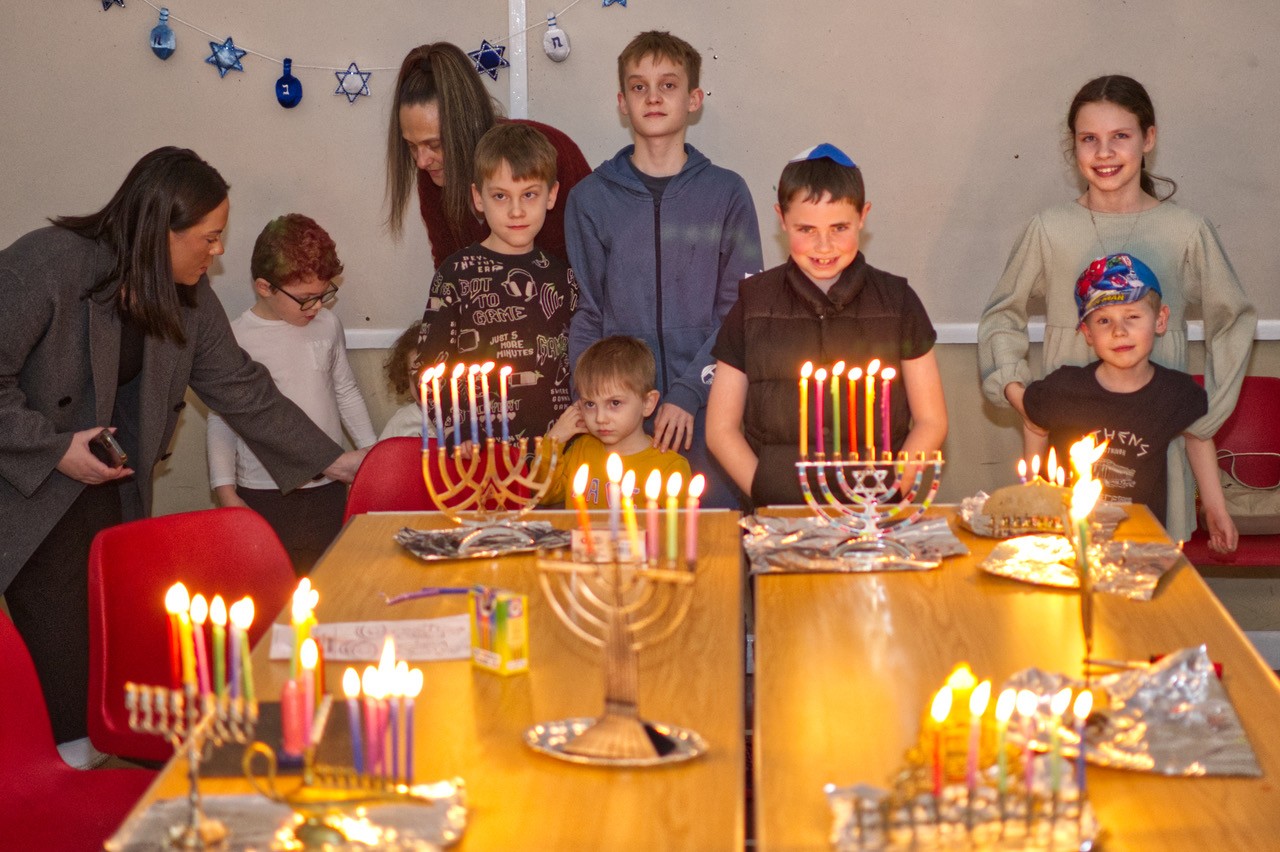


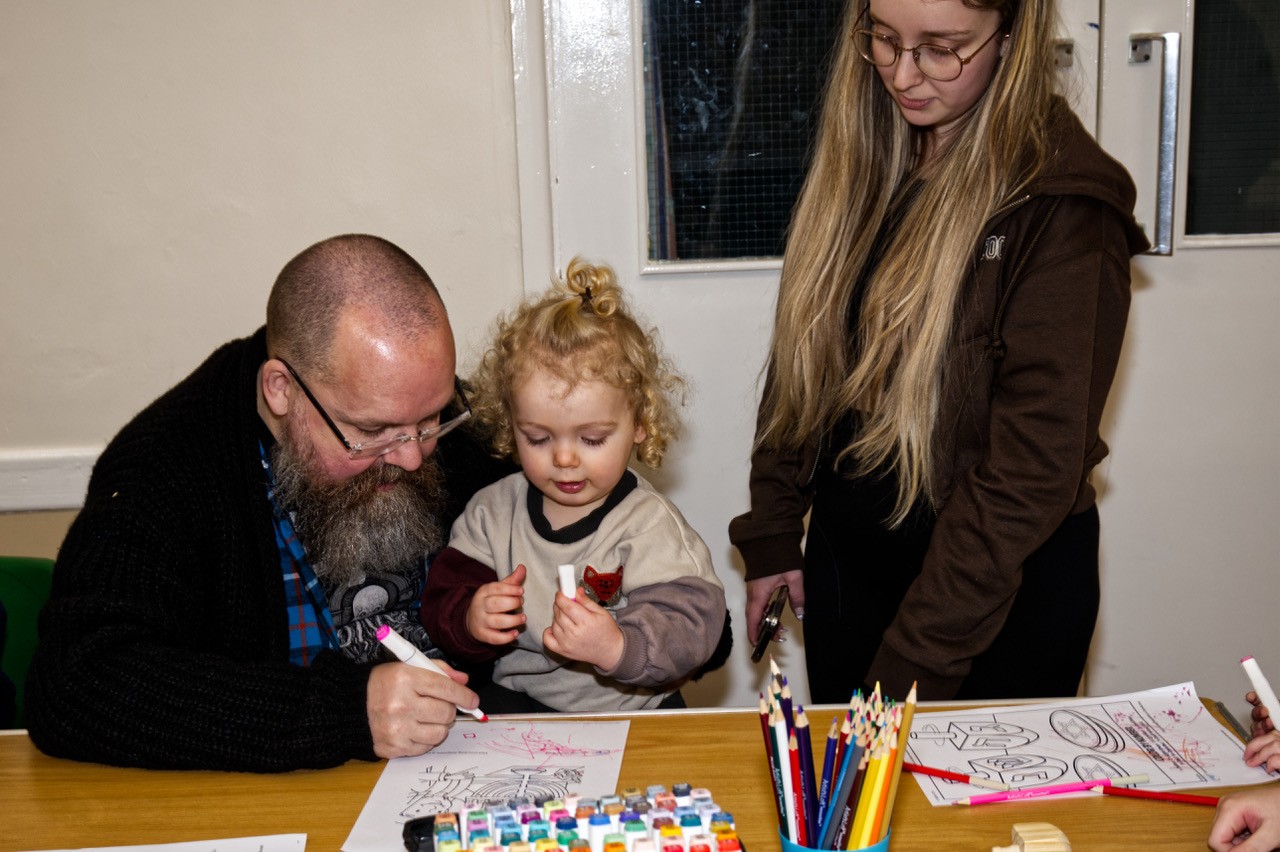
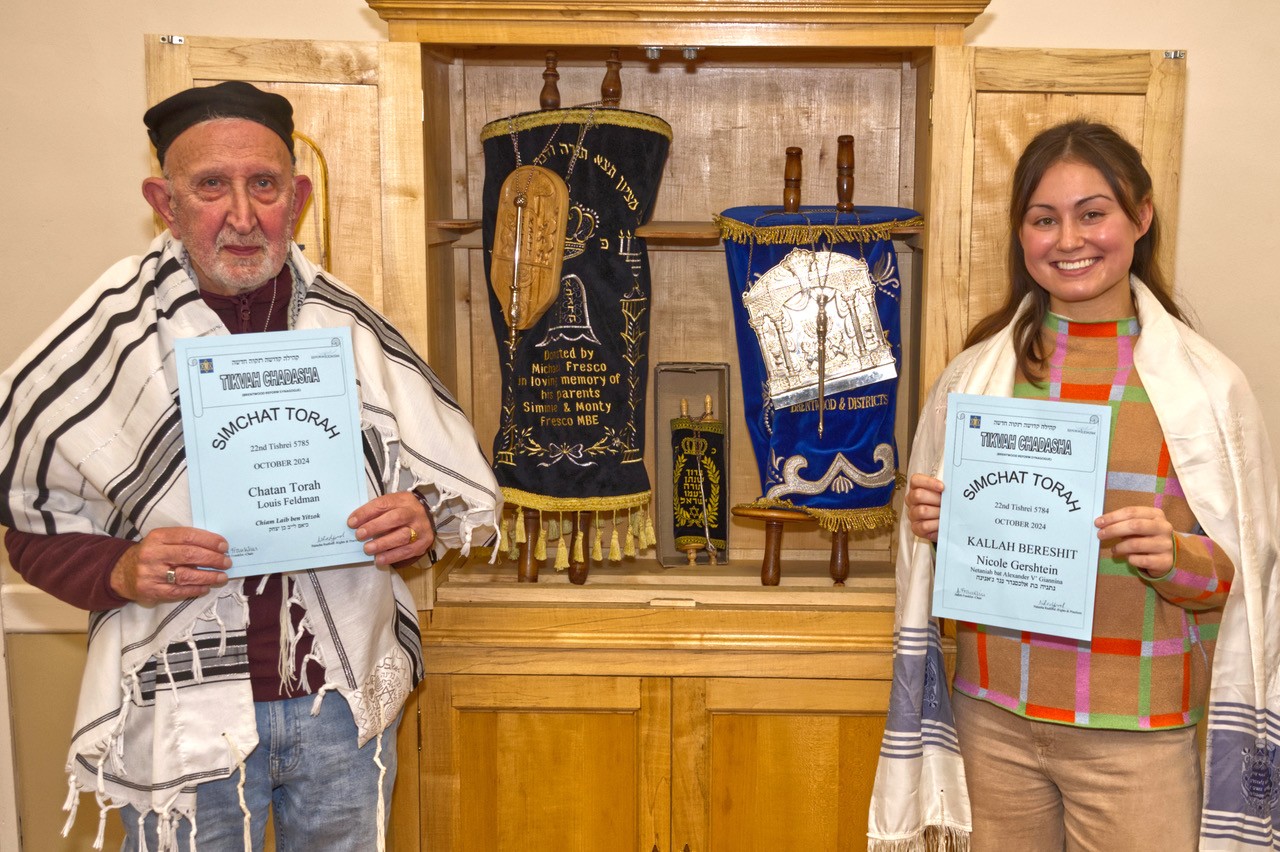
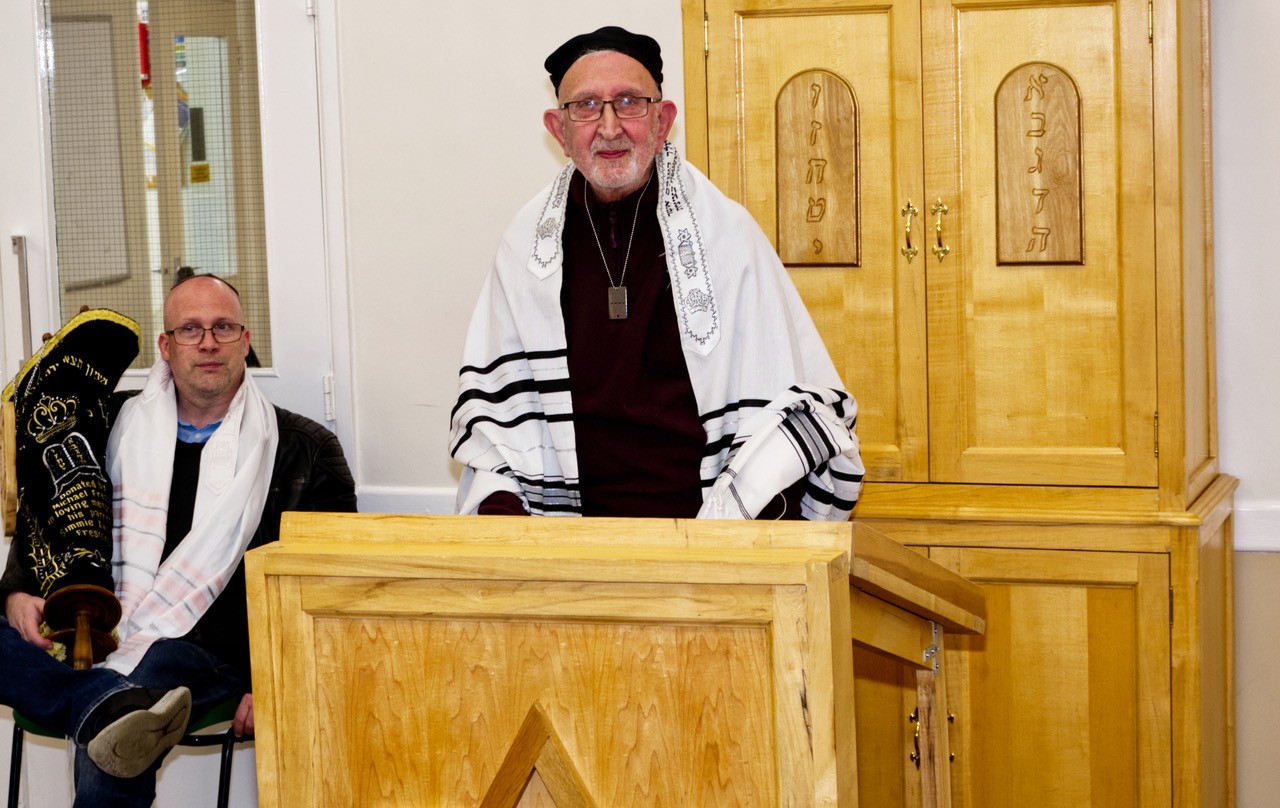
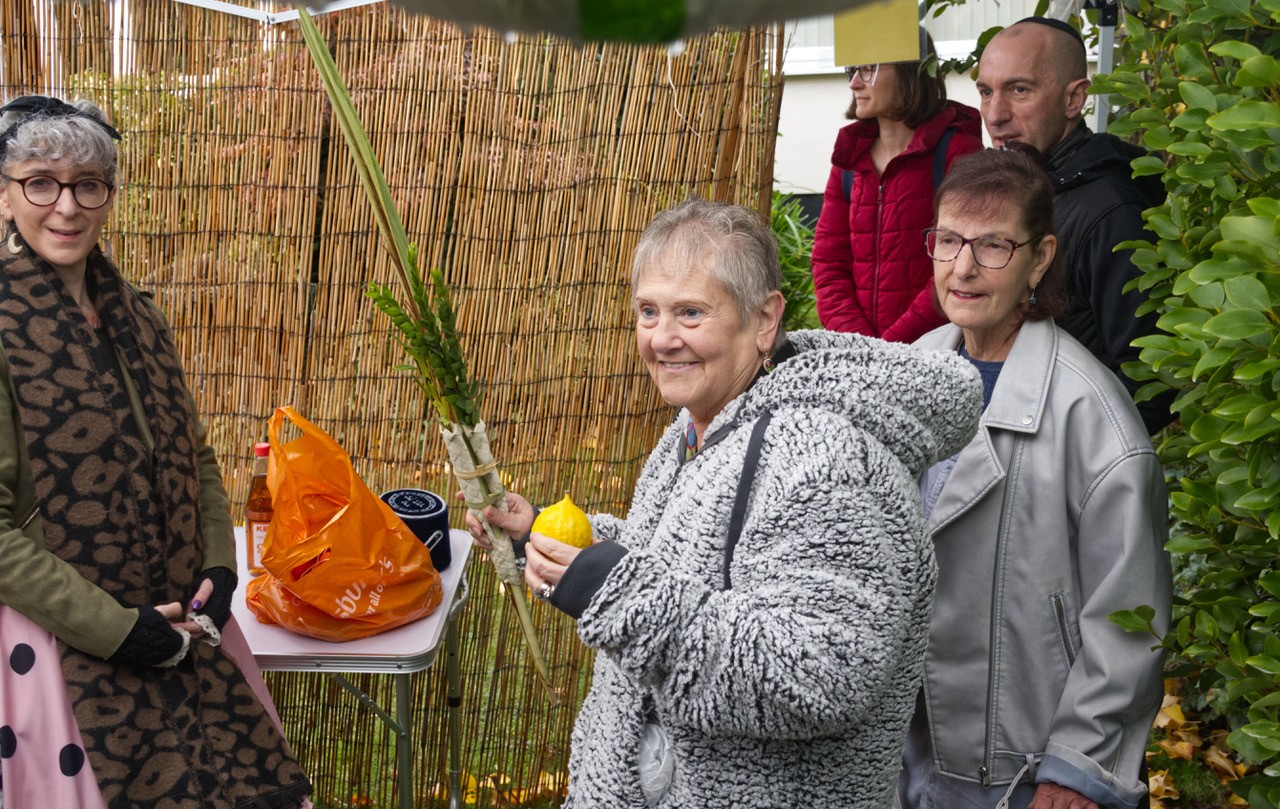
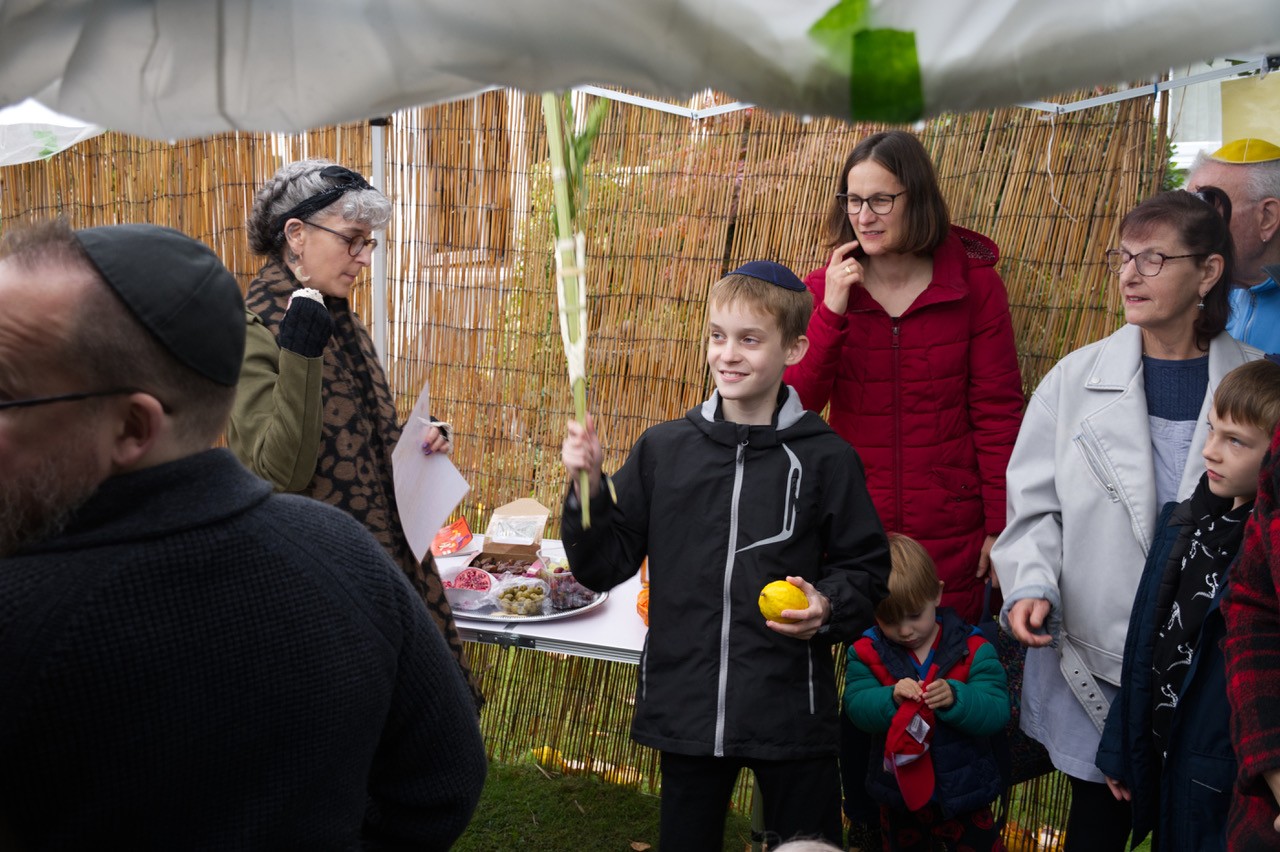
Our Music
Get to know us through our music. Whether we’re singing a Shabbat melody, dancing to Purim tunes, or teaching the Alef-Bet in Cheder, music brings us together in joy, reflection, and celebration.
“Shalom Chaverim” from Bergen County Band 2000 by Israeli Folk Song. Released: 2000.
Popular Shabbat song
Havah Nagilah from Helmut Lotti Goes Classic II by Helmut Lotti.
“Havenu Shalom Alechem” from Wake up Jeff by The Wiggles.
“Kol Nidre” from Olympia 89 by Enrico Macias. Released: 1999.
“Hatikva” from National Military Band by Israeli National Anthem.
“Purim day Performance Track” by Edited by Lucie Skeaping.
Teaches most of the consonants of the Hebrew alphabet.
Song from Exodus (This Land is Mine)
The Jewish prayer for peace is called Oseh Shalom.
At Tikvah Chadasha, we love sharing the flavours of Jewish life. Whether it’s a family recipe passed down through the years or something new inspired by the festivals, this is a space for sharing and celebrating the tastes of our community.
Our recipes
Learn and Join In
Transliterated Prayers and Songs
Trace your Jewish Heritage
Are you interested in tracing your heritage?
Helplines
Let’s Chat
At Tikvah Chadasha, we believe in supporting one another – not just in times of celebration, but also during life’s challenges. Whether you’re struggling with mental health, grief, domestic issues, or simply need someone to talk to, help is available.


